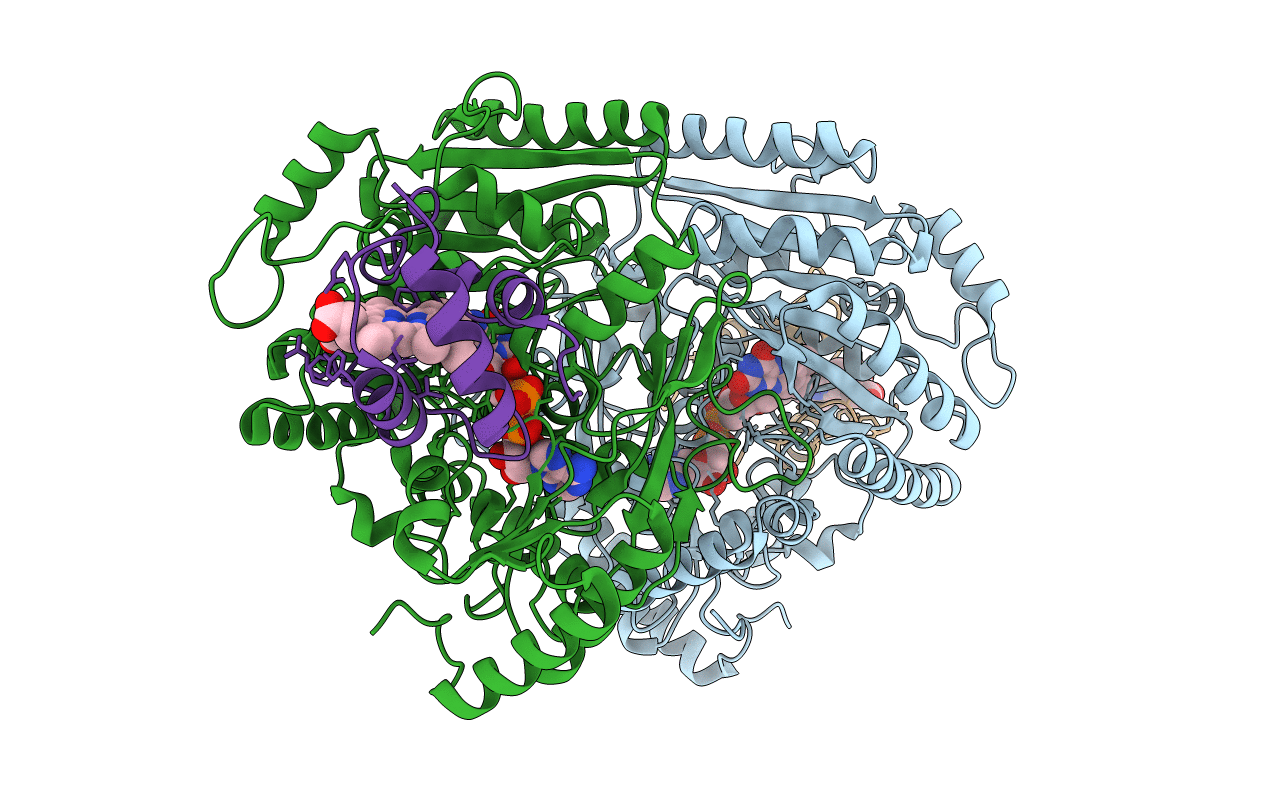
Deposition Date
1999-11-29
Release Date
1999-12-08
Last Version Date
2024-11-06
Entry Detail
PDB ID:
1DII
Keywords:
Title:
CRYSTAL STRUCTURE OF P-CRESOL METHYLHYDROXYLASE AT 2.5 A RESOLUTION
Biological Source:
Source Organism:
Pseudomonas putida (Taxon ID: 303)
Method Details:
Experimental Method:
Resolution:
2.50 Å
R-Value Free:
0.23
R-Value Work:
0.17
R-Value Observed:
0.17
Space Group:
P 21 21 21


